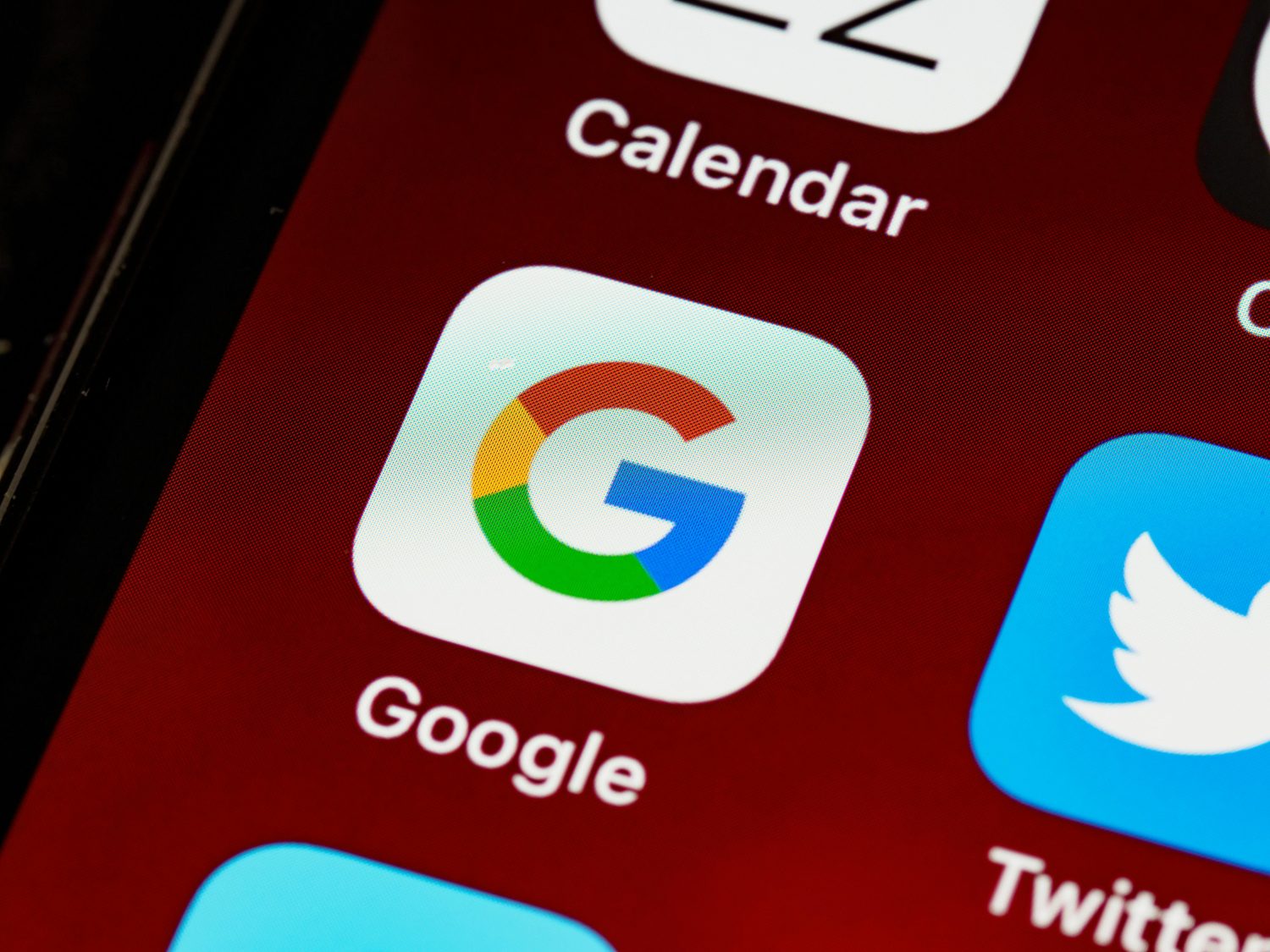OpenAI’s latest feature, ChatGPT Projects, introduces a powerful new way to organize and manage content creation workflows. This tool, currently available to ChatGPT Plus, Pro, and team users globally, will soon expand to enterprise and free users, marking a significant advancement in AI-assisted content management. After watching Julian Goldies recent video introducing the new ChatGPT projects update, these are my main takeaways.
Understanding ChatGPT Projects Core Features
The new Projects feature allows users to organize their work more efficiently by grouping related chats, files, and custom instructions in one location. This organizational structure proves particularly valuable for managing multiple content creation tasks or client work simultaneously.
Key capabilities include:
- File grouping and chat organization
- Custom instruction implementation
- File upload support for images, code, and documents
- Integration with Canvas, data analysis, DALL-E, and search functions
- Migration of existing chats into new projects
Practical Applications for Content Creation
The system excels in content creation and optimization through its ability to maintain context across multiple conversations. Users can upload style guides, branding guidelines, and content creation protocols to ensure consistency across all generated content.
The more context and information these projects have to work with, the more effective they become.
Internal Linking and SEO Optimization
A standout feature is the automated internal linking capability. By uploading a site map to the project, ChatGPT can automatically suggest and insert relevant internal links throughout the content. This function maintains accuracy by referencing actual pages rather than creating fictional links.
Content Repurposing and Distribution
The platform enables efficient content repurposing across multiple channels. Users can transform a single piece of content into various formats:
- Blog posts to social media content
- YouTube video scripts to short-form content
- Articles to email newsletters
- Social media posts to Twitter threads
This systematic approach to content distribution helps maximize reach across different platforms while maintaining brand consistency.
Quality Control and AI Detection Prevention
The system includes features to avoid common AI-generated content markers. Users can upload lists of banned words and phrases typically associated with AI-generated content, helping to create more natural, human-like writing.
The combination of custom instructions and quality control measures ensures that generated content aligns with brand voice while avoiding typical AI content indicators.
ChatGPT Projects represents a significant step forward in content management and creation, offering a streamlined solution for content creators, marketers, and businesses looking to maintain consistency while scaling their content operations.
Frequently Asked Questions
Q: How does ChatGPT Projects differ from regular ChatGPT conversations?
ChatGPT Projects provides a structured environment where multiple conversations, files, and custom instructions can be organized together. This allows for better context retention and more consistent outputs compared to standard ChatGPT conversations.
Q: Can multiple team members access the same project?
Currently, the feature is available for individual use in ChatGPT Plus, Pro, and team versions. Team access capabilities may vary depending on the specific subscription level.
Q: What types of files can be uploaded to ChatGPT Projects?
Users can upload various file types including images, code files, documents, CSVs, and text files. These files serve as reference materials for the AI to maintain context and follow guidelines.
Q: How does the internal linking feature work?
By uploading a site map to the project, the system can automatically identify and insert relevant internal links within content. It references actual pages from the site map to ensure accuracy and relevance.
Q: What measures can be taken to ensure AI-generated content appears more natural?
Users can upload lists of banned words and phrases commonly associated with AI content, implement custom writing guidelines, and use branding documents to maintain a natural, brand-consistent voice throughout all generated content.








